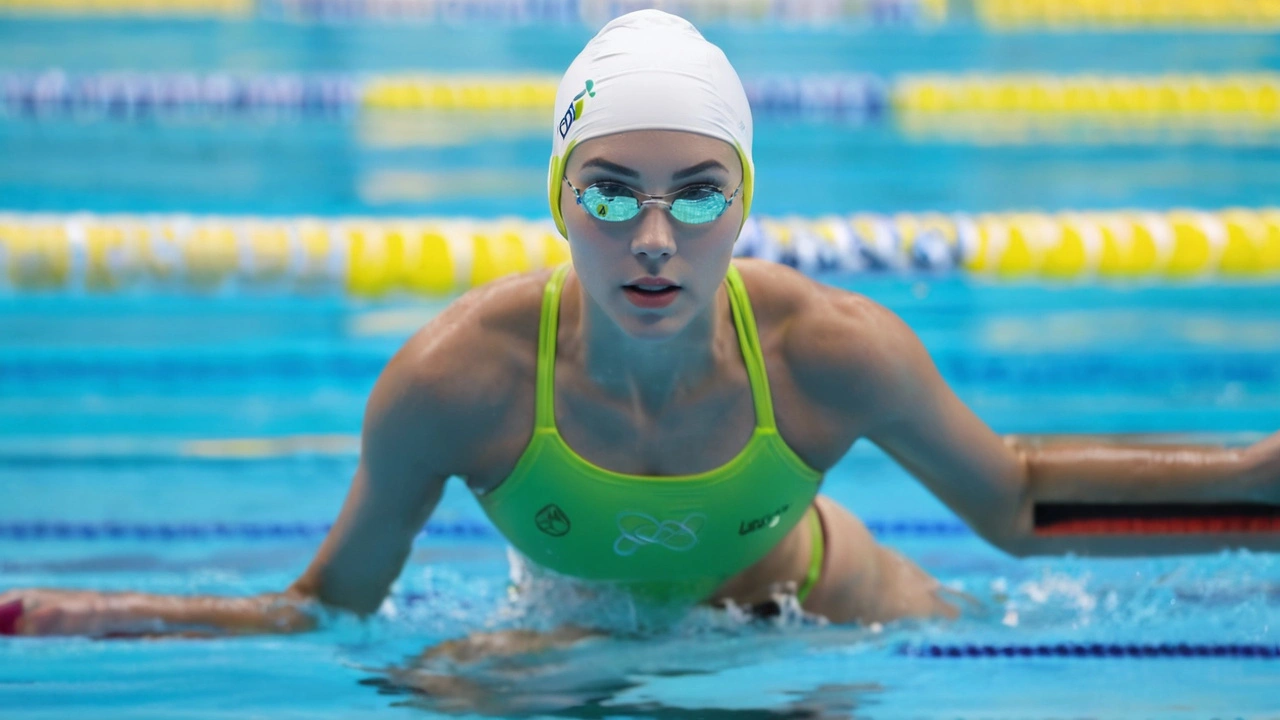Understanding Judging Systems: How Fairness Comes First
Whenever you watch a competition, have you ever wondered how judges decide who wins? Whether it's a tennis match, a dance contest, or an art competition, a judging system is what keeps things fair and clear. These systems set the rules on how to score performances and help avoid confusion or unfair decisions.
A judging system is basically the framework or set of rules used to evaluate performances or results. Its main goal is fairness — making sure every participant gets judged by the same standards. This helps keep the competition honest and enjoyable.
Key Elements That Make a Judging System Work
One core element is the scoring method. For example, in sports like gymnastics or figure skating, judges rate each move or routine based on difficulty and execution. The system breaks down performances into measurable parts so scores add up logically.
Another important part is transparency. Good judging systems show how points are given or taken away, so everyone understands why a decision was made. This openness builds trust among players, fans, and officials. It’s easier to accept results when you can see the basis behind them.
Handling Controversies and Keeping Integrity
No judging system is perfect, and controversies can happen. Sometimes there’s disagreement over a call or suspicion of bias. That’s why many systems include an appeal process or multiple judges to cross-check decisions. These safety nets help fix mistakes and keep the system credible.
Also, judging systems often change and improve over time. For example, new tech can help with instant replays or automated scoring, reducing human error. A system that adapts with the sport or event stays relevant and reliable.
At the end of the day, a clear and fair judging system makes competitions more exciting and respected. It gives everyone a chance to shine based on their skill, not just opinions. So next time you watch a contest, appreciate the system behind the scenes that keeps it all balanced and honest.

